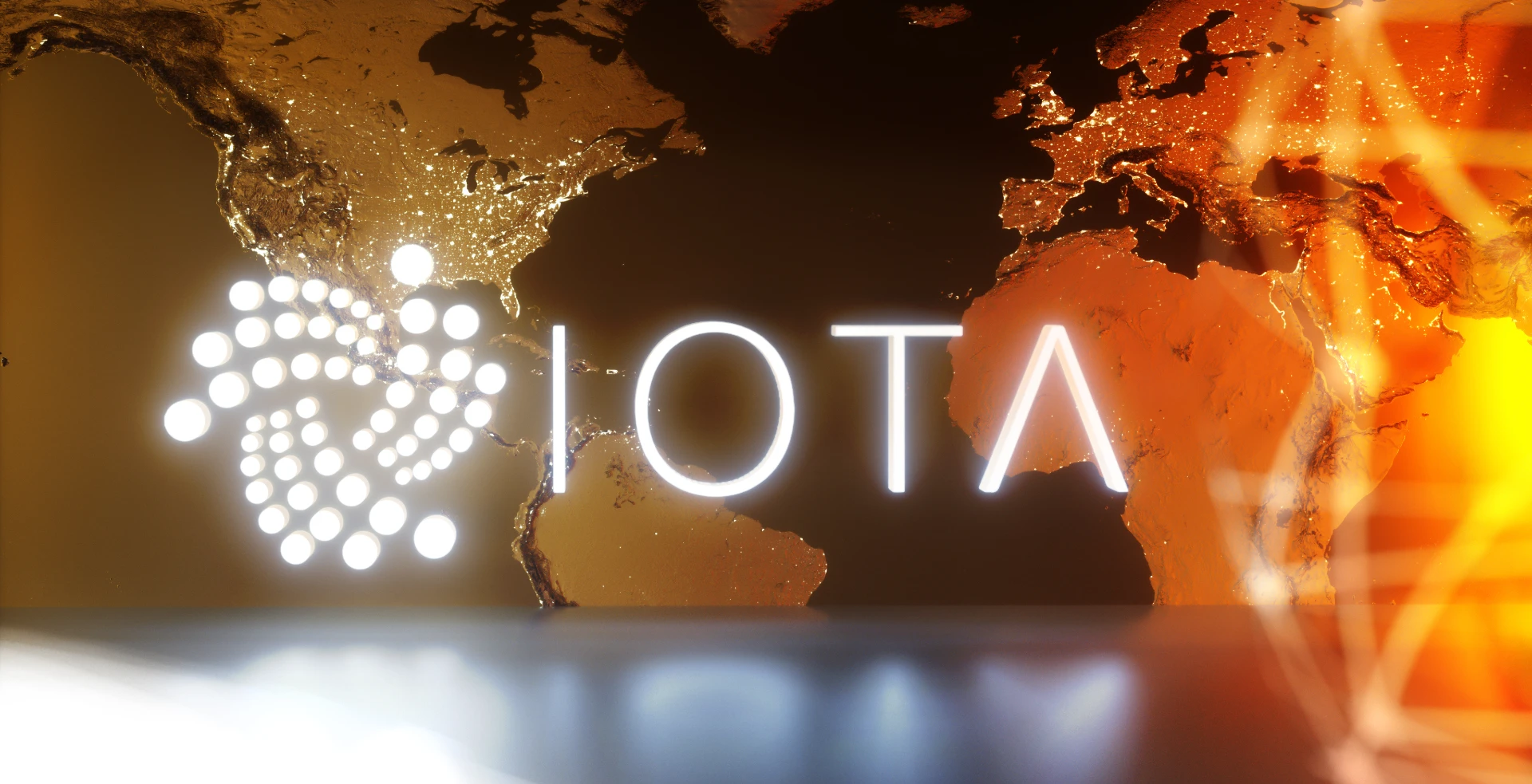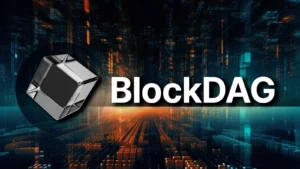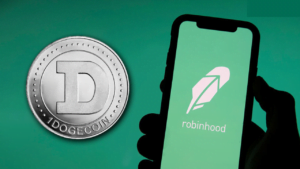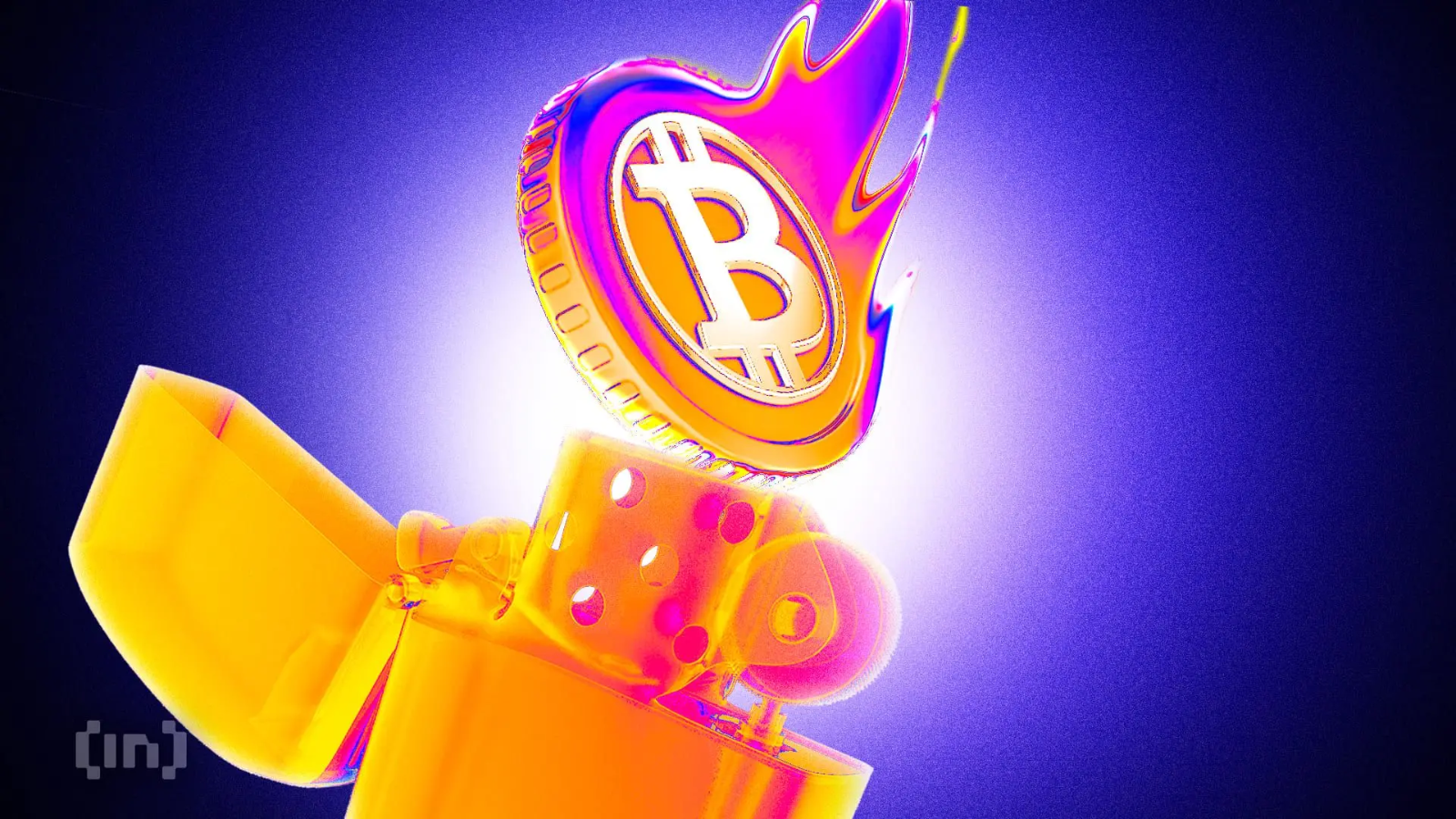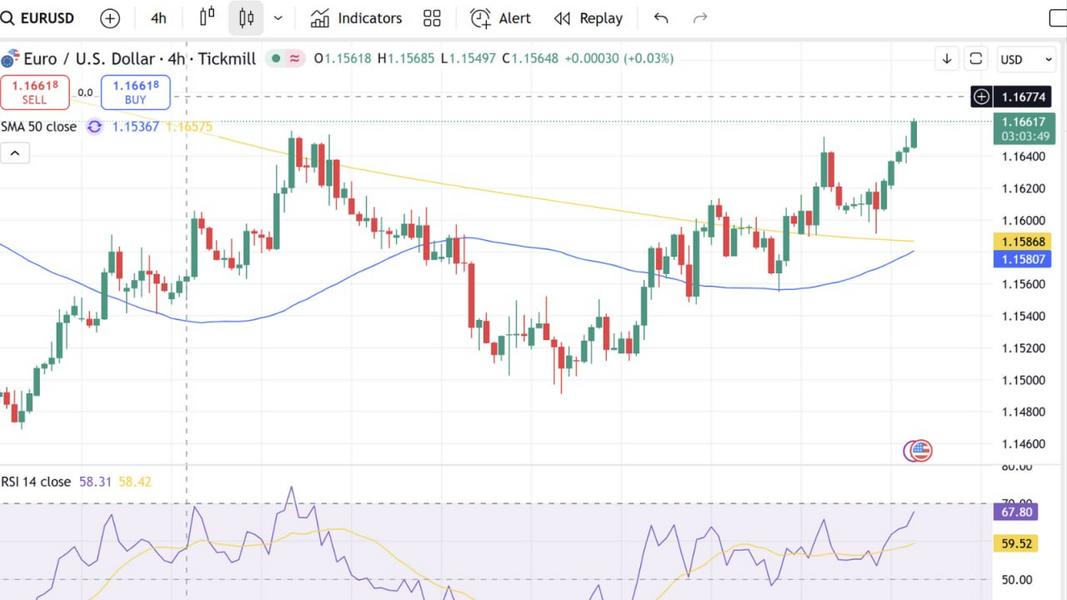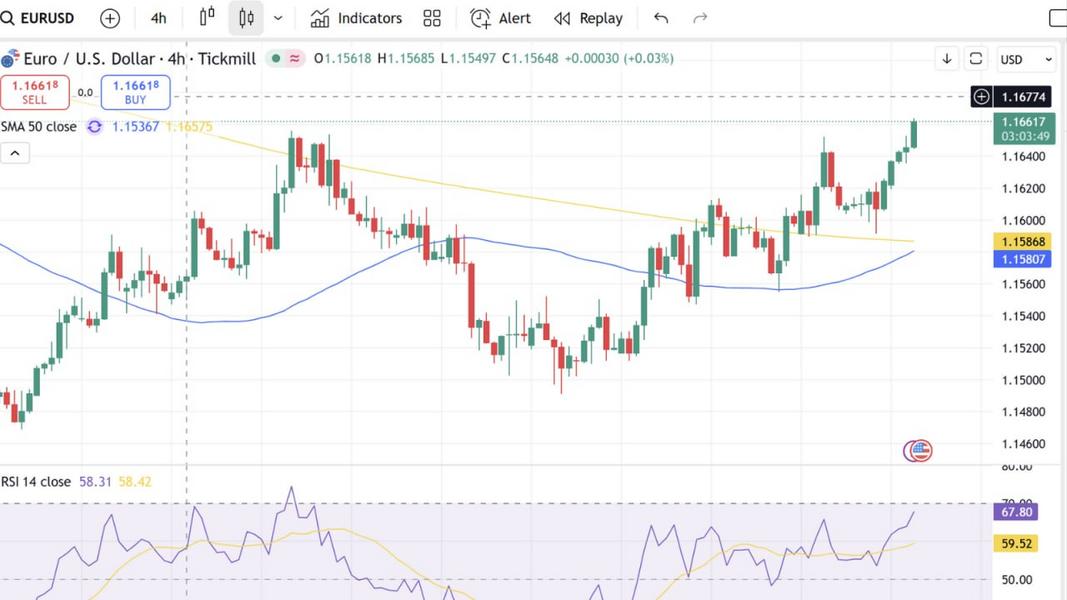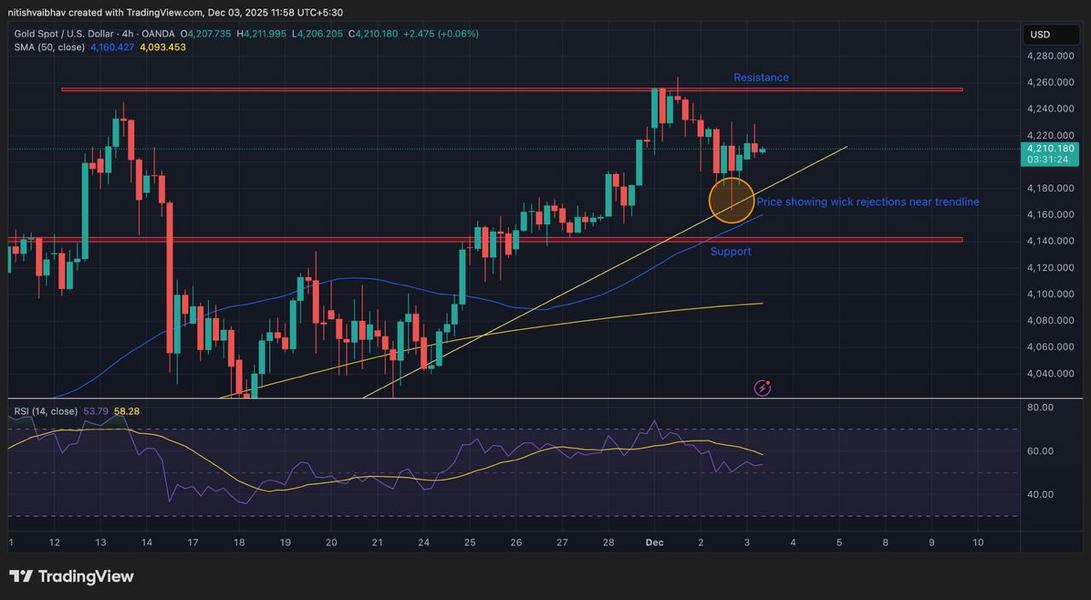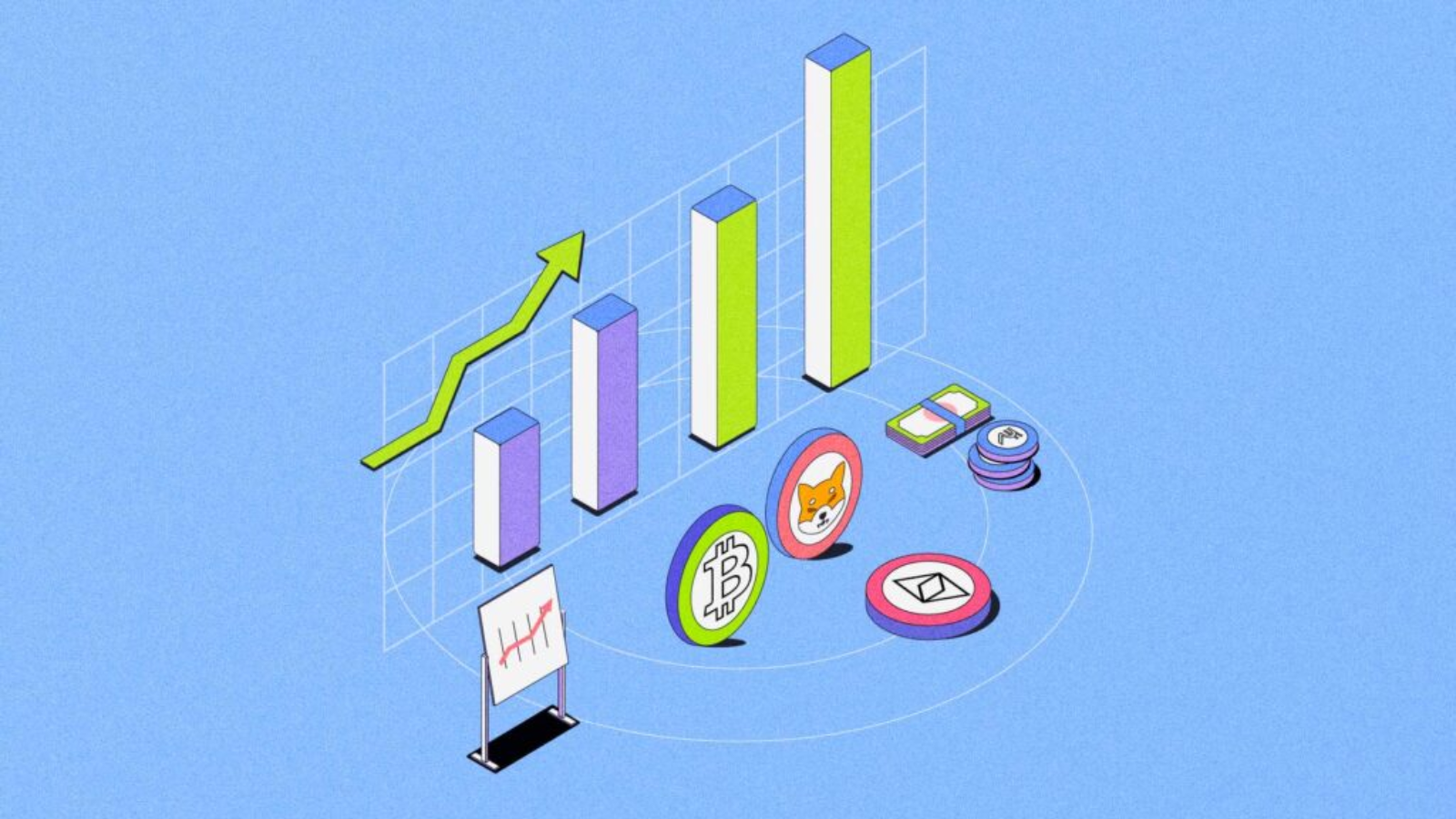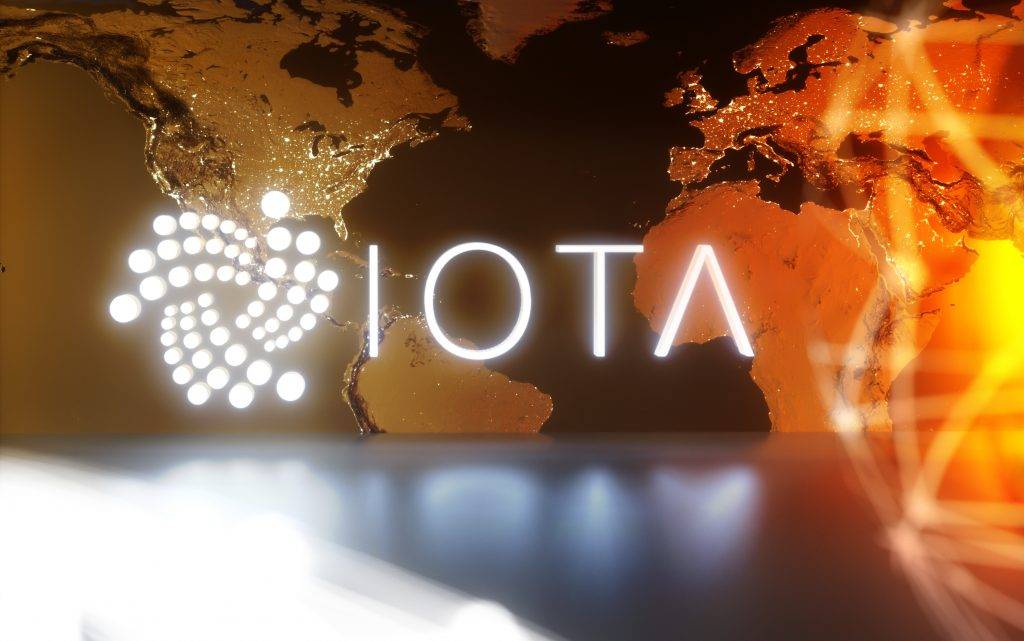
The IoT ecosystem has become an integral part of today’s technologically advanced world, where billions of devices exchange data and information over the internet. IOTA is a unique project aiming to streamline the transactions in the IoT ecosystem, creating true interoperability between the human and machine spheres.
To better understand the IOTA network, you can read this guide to realize what is IOTA, how it works, and its prominent advantages.
Table of Contents
ToggleWhat is IOTA?
IOTA is a decentralized and open-source distributed ledger designed to facilitate data exchange among IoT devices. It specifically focuses on the Internet of Things and enacts a scalable connection between the human economy and the machine economy. The unique feature of IOTA is that it utilizes a direct acyclic graph (DAG) called Tangle instead of blockchain technology to process transactions. In this way, the network claims to offer faster, more energy-efficient, and feeless exchange of data between IoT components, and that too with much lower infrastructure requirements.
IOTA was co-founded in 2015 by David Sønstebø, Sergey Ivancheglo, Dominik Schiener, and Dr. Serguei Popov as a solution to power up the Internet of Things via the distinctive Tangle system.
Understanding IOTA: How does it work?
Unlike cryptocurrencies and other decentralized applications, IOTA does not rely on the traditional blockchain framework. Instead, it is based on a different kind of technology, Tangle, which is a breakthrough from blockchain & well-suited to the IoT ecosystem. This innovative structure allows IOTA to dispel the cost and scalability issues associated with standard Blockchain networks like Bitcoin.
Core features of The Tangle – the technology behind IOTA
From a technological perspective, Tangle is the DAG consensus algorithm of IOTA, according to which users must validate two transactions for broadcasting their own transactions. Most importantly, Tangle technology does not involve any miners, validators, and blocks, minimizing the resources and costs that are needed in blockchain systems.
First of all, the need for miners is removed because IOTA utilizes a dual protocol made up of a Fast Probabilistic algorithm for consensus and Proof of Work for controlling rate. As IOTA does not employ PoW for achieving consensus, its required overall energy per transaction is minimal. Naturally, miners become unnecessary to maintain the IOTA network due to the extremely low power threshold.
Secondly, Tangle does not suffer from the “queuing transactions” problem during network load instances because every transaction is routed separately, where it needs to process another two transactions. Theoretically, this process makes the IOTA network highly scalable. Also, note that these asynchronous transactions work on the principle that any wrong data interchange would be automatically removed and deleted as the system grows.
Moreover, the Tangle protocol is supplemented by a Quantum-proof feature that includes hash-based signatures as opposed to the elliptic curve signature scheme utilized by Bitcoin. These signatures make the IOTA network much simpler and faster for signing and verifying transactions.
IOTA’s framework truly aligns with the essence of the Internet of Things as it smoothens the exchange of information between machines and devices over the internet, slashing network congestion problems and the need for human interference. Currently, the platform is working on the IOTA 2.0 update to eliminate the present security issues as well as to make the entire system more decentralized.
IOTA native coin – MIOTA
IOTA’s native coin, MIOTA, was created with a maximum supply of 2,779,530,283 tokens at the time of this network’s inception. All the pre-mined tokens (maximum supply) were instantly circulated and distributed among investors, contrary to the mechanism of regular crypto coins, which are mined at the time of transaction.
5% of these tokens were disbursed to propagate the development of IOTA and in the establishment of the IOTA foundation. Currently, IOTA is ranked #55 at CoinMarketCap and has a total market capitalization of around $860 million.
IOTA’s primary advantages
IOTA derives its value from the wide scale of benefits it offers, not found in most blockchain projects.
- Firstly, IOTA is a fee-free, open-source data exchange network that works without requiring any payments from network participants. For instance, users don’t have to pay any gas fees as in the case of Ethereum or bear mining reward fees as in the case of Bitcoin or other PoW blockchains.
- IOTA’s scalability makes it stand out from the other slow-speed traditional networks. It can handle a large number of transactions, i.e., more than 1000 TPS, compared to conventional blockchains like Bitcoin and Ethereum.
- IOTA is deemed an energy-efficient network as it relies on no heavy mining equipment or other energy-intensive products.
- IOTA has a wide scope of use cases, and it has also gained the attention of many tech giants like Microsoft and Tesla. For instance, IOTA can be used for microtransactions in the electric car industry, such as parking fees and smart charging. Overall, IOTA is efficiently capitalizing on the booming digital industry and the expanding IoT space.
Concerns regarding IOTA
While IOTA incorporates many bright sides, there are also some loopholes in its infrastructure, mainly on the technical side. According to some professionals, there are several issues with the IOTA’s capacity to erase the scalability problems via using DAGs. Moreover, this network is currently nascent and fresh without much track record.
Another criticism of IOTA is its “Coordinator nodes” that are said to compromise the decentralization of the IOTA ecosystem. A Coordinator is a central client that transfers signed messages known as milestones, which are trusted by nodes for validating the transactions. As a Coordinator has high control over all transactions, it can cause a single point of failure. Back in 2020, hackers exploited a vulnerability in the official IOTA wallet to steal millions, after which the IOTA foundation had to shut down “Coordinator” for some time.
Critics also point out that the Coordinator slows down the network’s speed because parallel processing cannot be done in a Coordinator-based framework. Considering such concerns, IOTA is all set to remove the Coordinator in the future IOTA 2.0 update.
Closing thoughts
IOTA has promising potential and a positive future outlook due to its association with IoT technology and unique uptake on processing tamper-proof transactions. The project can play a great role in shaping the digital future where machine and human ecosystems can seamlessly interact without cumbersome blockchain systems. While the project presently invites some criticisms, it is still under development, and the upcoming upgrade may quell such shortcomings.
Read more:
http://thetradingbay.com/what-is-polygon-matic-a-detailed-guide-to-polygon-crypto-network/
http://thetradingbay.com/everything-you-need-to-know-about-the-sandbox-metaverse/

